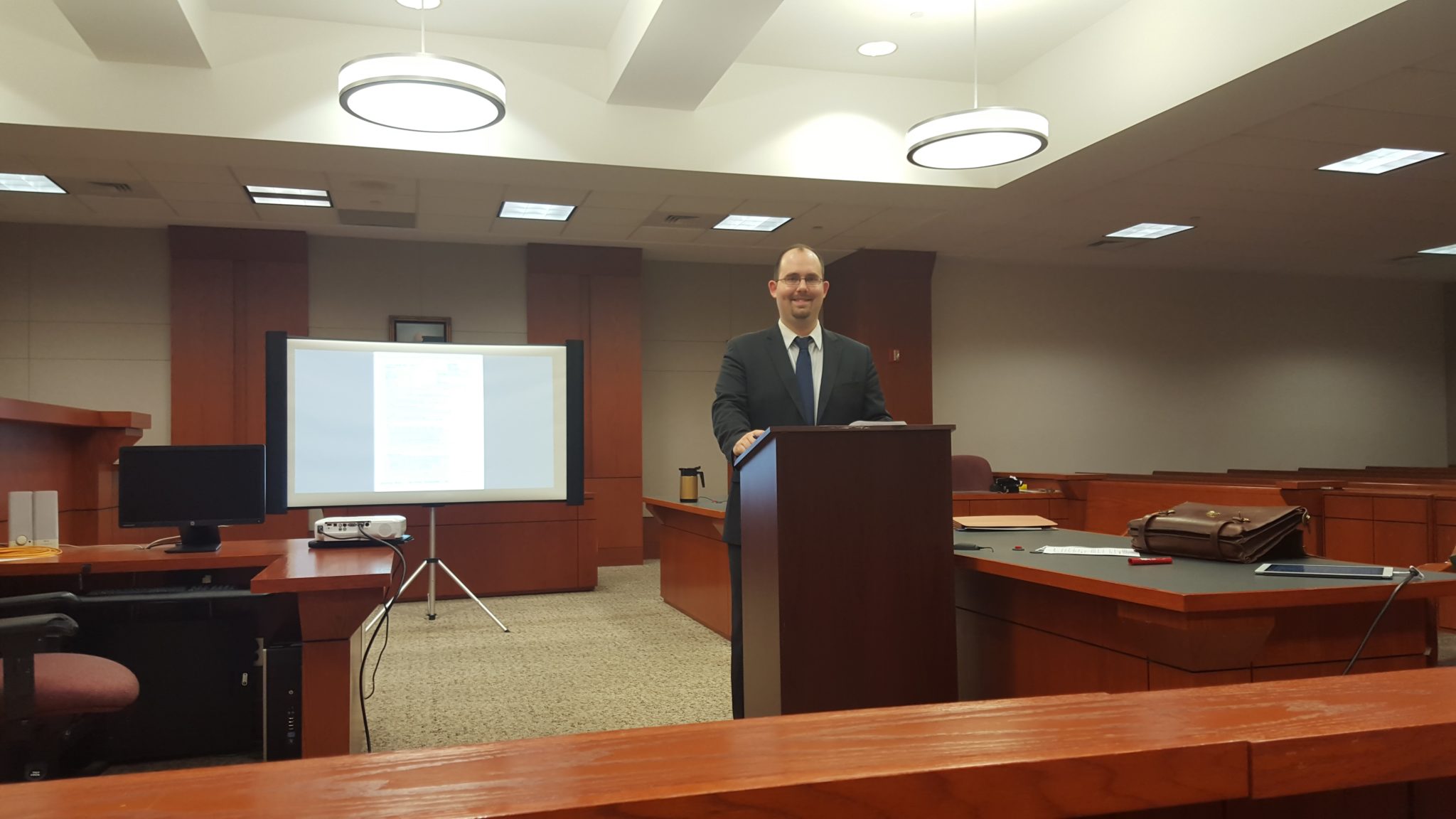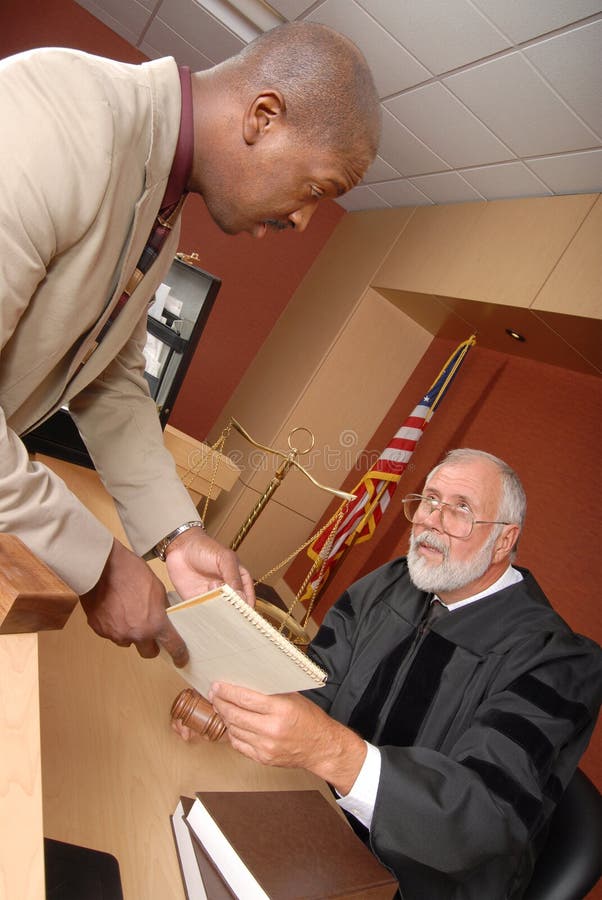The Role of Visual Aids in Successful Trial Presentations: A Guide for Attorneys
The Role of Visual Aids in Successful Trial Presentations: A Guide for Attorneys
Blog Article
Browsing the Intricacies of Trial Presentations: Tips for Seamless Distribution and Compelling Debates
In the realm of legal process, the art of test presentation stands as a vital determinant of success. As lawyers navigate the detailed web of court room dynamics, the capacity to effortlessly deliver disagreements and evidence while astounding the jury's focus becomes extremely important. The complexities integral in trial discussions call for a delicate equilibrium of skill, skill, and strategy. By honing methods that ensure a refined shipment and crafting engaging arguments that resonate with the audience, attorneys can considerably boost their advocacy. In a world where persuasion rules supreme, understanding the intricacies of trial presentations is not simply an alternative yet a necessity for those seeking to prevail in the court.

Recognizing Test Purposes
To efficiently browse a test, it is crucial to have a clear understanding of the objectives that need to be achieved. Before tipping right into the courtroom, legal teams need to specify their objectives and wanted outcomes. These objectives act as directing principles throughout the trial, forming approaches and affecting decision-making procedures.
Comprehending test goals entails a thorough evaluation of the case, legal criteria, and the client's best interests. Trial Presentations. It requires a precise evaluation of the truths, determining essential issues, and anticipating potential challenges. By setting details and quantifiable objectives, attorneys can tailor their discussions and disagreements to line up with the desired results
Moreover, a clear grasp of test purposes allows legal teams to focus on evidence, witnesses, and legal debates properly. It permits the advancement of a coherent story that reverberates with the court and court, enhancing the overall instance discussion.

Organizing Evidence Efficiently
Having a clear understanding of trial purposes lays the foundation for arranging evidence effectively in legal proceedings. By lining up the presentation of proof with the desired end results of the test, legal groups can strengthen their disagreements and enhance their persuasiveness.
One more crucial element in organizing proof efficiently is developing a logical circulation. Presenting evidence in a consecutive and coherent way can aid build an engaging narrative that sustains the lawful disagreements being made. In addition, using visual help such as timelines, charts, or graphes can further improve the company of evidence and assist in clearing up intricate relationships or sequences of occasions.
In addition, making sure that all evidence offered is admissible and relevant to the instance is important. Pointless or inadmissible proof can detract from the strength of the disagreement and possibly hurt the reputation of the here and now celebration. As a result, a careful review and option process must be taken on to consist of just the most impactful and legally sound evidence in the trial presentation.
Crafting Convincing Narratives
Crafting engaging stories plays a pivotal duty in offering influential debates during lawful proceedings. A well-crafted check that narrative has the power to captivate the audience, evoke emotions, and ultimately sway the choice for the here and now party. When constructing a narrative for a trial discussion, it is important to develop a clear story that highlights bottom lines and links them in a meaningful way. Begin by detailing the truths of the case in a compelling fashion, making certain that the series of occasions is simple to comply with. Introduce personalities properly, giving history info that helps the target market recognize their activities and motivations. Furthermore, incorporating vivid summaries and appealing language can bring the narrative to check here life, making it extra remarkable for the judge and jury. By weaving with each other evidence, testimony, and lawful disagreements into a convincing and natural narrative, attorneys can successfully promote for their customers and boost the possibility of a favorable end result in the court.
Mastering Aesthetic Help
Effective use of aesthetic help is key to improving the influence and quality of trial discussions. Visual help, when utilized tactically, have the power to streamline intricate information, strengthen bottom lines, and leave a lasting impression on the discretionary. To understand aesthetic help in test discussions, it is vital to make sure that they are clear, succinct, and relevant to the arguments being made.
When integrating visual aids, such as graphes, timelines, photos, or graphs, right into a trial presentation, it is necessary to maintain them aesthetically appealing yet specialist. The visuals need to enhance the spoken debates, giving a graph of the details being reviewed without frustrating the audience with unnecessary details.
Furthermore, experimenting the visual help ahead of time is important to guarantee a seamless delivery throughout the test. Familiarizing oneself with the web content, transitions, and timings of each aesthetic help can assist maintain the flow of the discussion and stop technical glitches that may emerge.
Supplying Impactful Closing Disagreements
A compelling closing argument functions as the culmination of a test discussion, encapsulating the core narrative and encouraging the discretionary in the direction of a desirable decision. To deliver an impactful closing debate, it is vital to succinctly evaluate essential factors, highlight the staminas of your situation, and address any weaknesses in a strategic way. Begin by detailing the main disagreements that support your customer's position, stressing why the evidence offered throughout the trial supports your narrative. It is vital to produce a sense of communication and clarity, assisting the judge and court towards the wanted conclusion.
In addition, incorporating emotional appeal can even more enhance your closing disagreement. Eventually, a well-crafted closing disagreement must leave a long-term impact, engaging the court and court to rule in your customer's support.
Final Thought
In verdict, understanding test discussions includes comprehending goals, organizing evidence, crafting narratives, utilizing aesthetic help, and supplying impactful closing disagreements. By applying these approaches efficiently, attorneys can present their case seamlessly and make engaging debates in the court. visit here It is important to navigate the complexities of test discussions with precision and skill to attain success in lawful procedures.
By aligning the discussion of proof with the preferred outcomes of the test, lawful teams can strengthen their debates and improve their persuasiveness (Trial Presentations). To grasp aesthetic help in trial discussions, it is critical to make sure that they are clear, concise, and pertinent to the debates being made
An engaging closing disagreement serves as the end result of a trial presentation, enveloping the core narrative and encouraging the judge and jury in the direction of a desirable decision. Begin by outlining the main arguments that support your client's placement, emphasizing why the proof provided throughout the test supports your story.In final thought, understanding trial discussions includes recognizing goals, arranging evidence, crafting narratives, making use of visual help, and delivering impactful closing debates.
Report this page